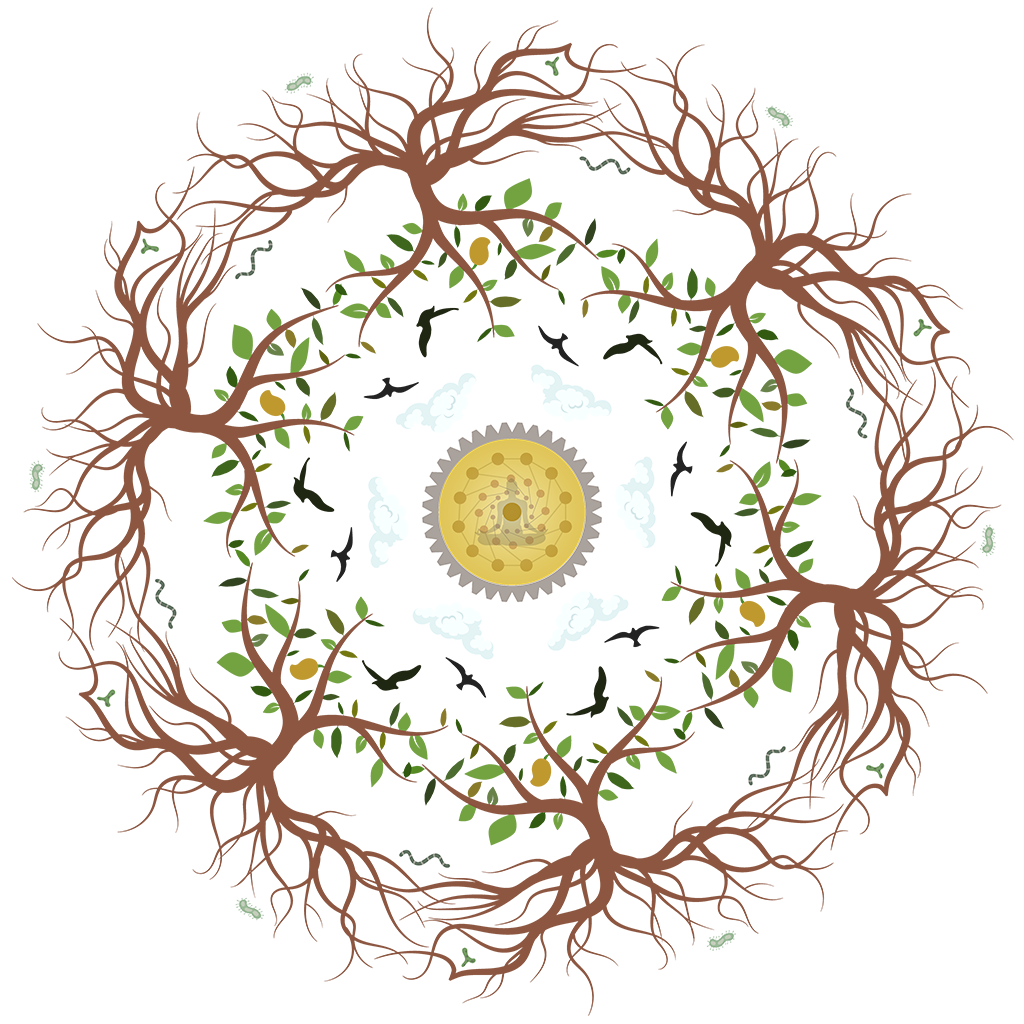Vermicomposting at Palette o’ Green ‘n Red
Organic matter - including food waste, yard waste, cardboard boxes and cow manure are collected daily, and composted with the help of earthworms (Eisenia Fetida), and careful management of proportions.
We have 4 compost pits, each 3 feet wide, 3 feet deep, and 10 feet long.
The bottom layer is filled with high lignin content - dense brown materials like cardboard, wood bark, coconut husk, etc.
Our daily practice includes adding 1-portion of “green waste” (nitrogenous substances like food waste, fresh leaves, etc), 2-3 portions of “brown waste” (carbonaceous substances like wood chips, dried leaves, cut-up cardboard), and a small layer of cow dung.
Burlap (jute) bags are used to cover the top of the pit as earthworms love the shade.
We water from the top of the pit, and ensure there is close to a 50% water-compost ratio by volume.
We carefully monitor the acidity of the pit, and apply agricultural lime (CaCO3) or wood ash ocassionally.
The bottom of the floor is sloped, Through a system of PVC pipes and valves, we collect this waste water from the pits (leachate). Vermicompost Leachate has various purposes on the farm. Diluted and used in fertigation, or sometimes applied as a foliar spray to prevent insects.
Compost is usually ready in 12 weeks.
The facility.
Ready vermicompost in one pit.
Harvesting compost.
Starting a new pit, the base "high lignin" layer.
Collected Vermicompost Leachate. Stored in drums for about 10 days to stabilize.





